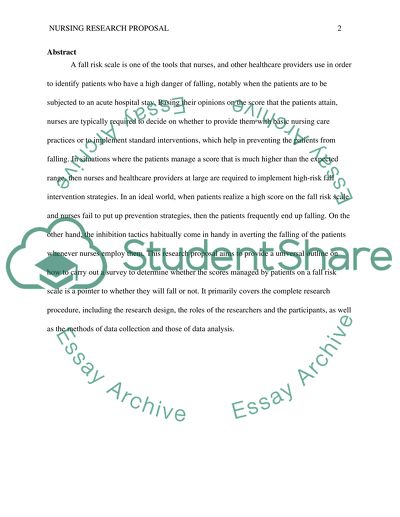Cite this document
(“Does a specific score on a fall risk scale identify patients at risk Research Proposal”, n.d.)
Does a specific score on a fall risk scale identify patients at risk Research Proposal. Retrieved from https://studentshare.org/nursing/1670348-does-a-specific-score-on-a-fall-risk-scale-identify-patients-at-risk-for-falls-in-an-acute-hospital-stay
Does a specific score on a fall risk scale identify patients at risk Research Proposal. Retrieved from https://studentshare.org/nursing/1670348-does-a-specific-score-on-a-fall-risk-scale-identify-patients-at-risk-for-falls-in-an-acute-hospital-stay
(Does a Specific Score on a Fall Risk Scale Identify Patients at Risk Research Proposal)
Does a Specific Score on a Fall Risk Scale Identify Patients at Risk Research Proposal. https://studentshare.org/nursing/1670348-does-a-specific-score-on-a-fall-risk-scale-identify-patients-at-risk-for-falls-in-an-acute-hospital-stay.
Does a Specific Score on a Fall Risk Scale Identify Patients at Risk Research Proposal. https://studentshare.org/nursing/1670348-does-a-specific-score-on-a-fall-risk-scale-identify-patients-at-risk-for-falls-in-an-acute-hospital-stay.
“Does a Specific Score on a Fall Risk Scale Identify Patients at Risk Research Proposal”, n.d. https://studentshare.org/nursing/1670348-does-a-specific-score-on-a-fall-risk-scale-identify-patients-at-risk-for-falls-in-an-acute-hospital-stay.


